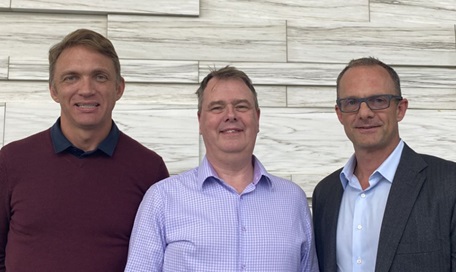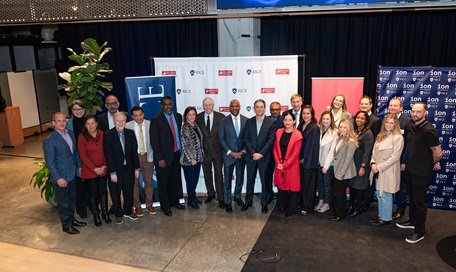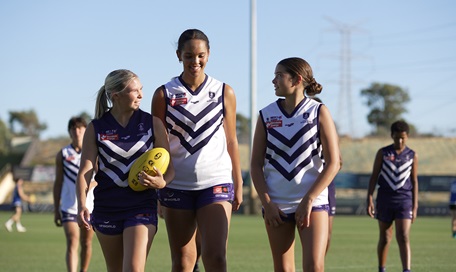Fond farewell for 'exceptional' Nganhurra
The floating production storage and offloading facility Nganhurra has disconnected from the Enfield oil field after 13 years, with exceptional records for safety and productivity.
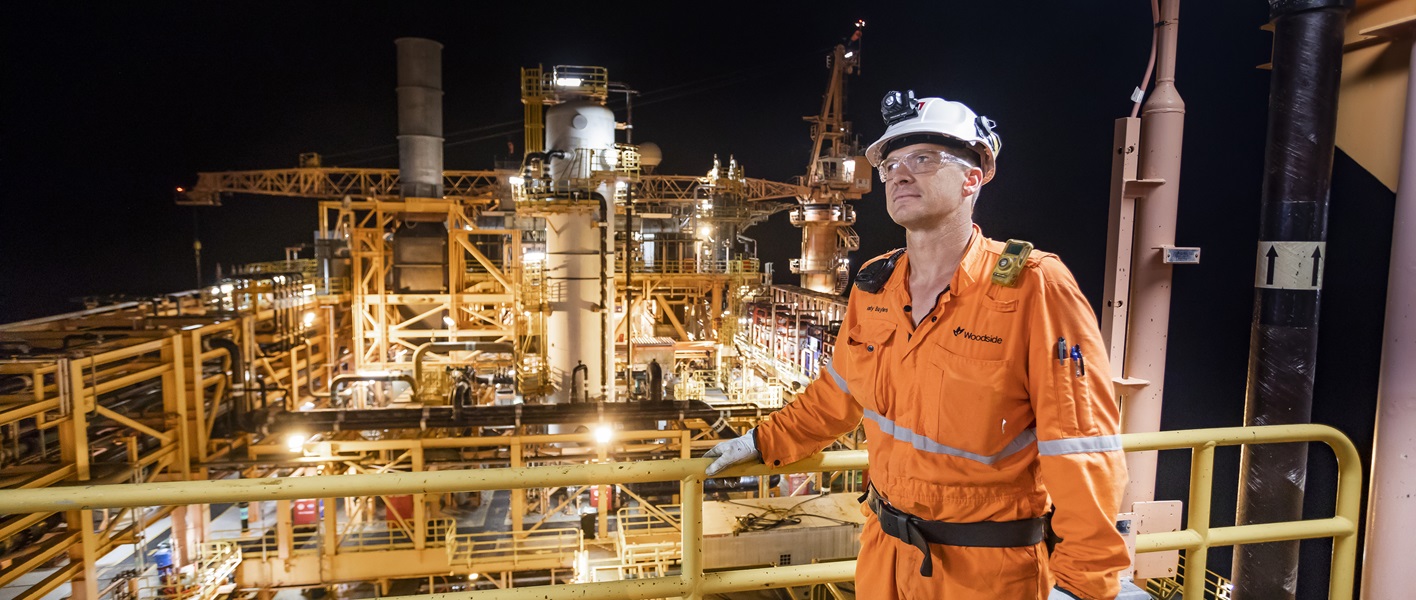
The curtain fell in Q4 2018 on Nganhurra’s 13-year stint over the Enfield oil field – and it finished on a high note, performing to an exceptionally high standard.
The reservoir, about 50 km north north west of Exmouth on the West Australian coast, has reached the end of its field life.
“We were going to decommission Nganhurra at the end of 2017, but because of her exceptional performance we extended her life by a year,” says asset manager Gerard Ransom.
Production ceased at midnight on 7 November and the process of disconnecting the floating production storage and offloading (FPSO) facility from the field began. At 9.36am, on 5 December, she officially disconnected and sailed away for the last time.
The 270 m-long double-hulled custom-built facility will lay up in Labuan, Malaysia, awaiting its next oil field or maybe new owner because its condition makes it too good for the scrap yard.
“We’d be keen to use her again if the need arose, or pass her on to another owner,” says Gerard.
“She’s been a wonderful asset to the company and has generated some marvellous memories for a lot of Woodsiders.”
Gerard cites just three of Nganhurra’s impressive credits:
- In August 2017, she surpassed her long-standing personal safety record of 777 injury-free days – not only setting a new facility record, but a new company-wide record, too;
- Over the past three years, Nganhurra has delivered top quartile performance with average reliability of more than 96 per cent;
- Lifting costs have been maintained at less than US$40 notwithstanding a fall in 50% in production volumes over the past three years.
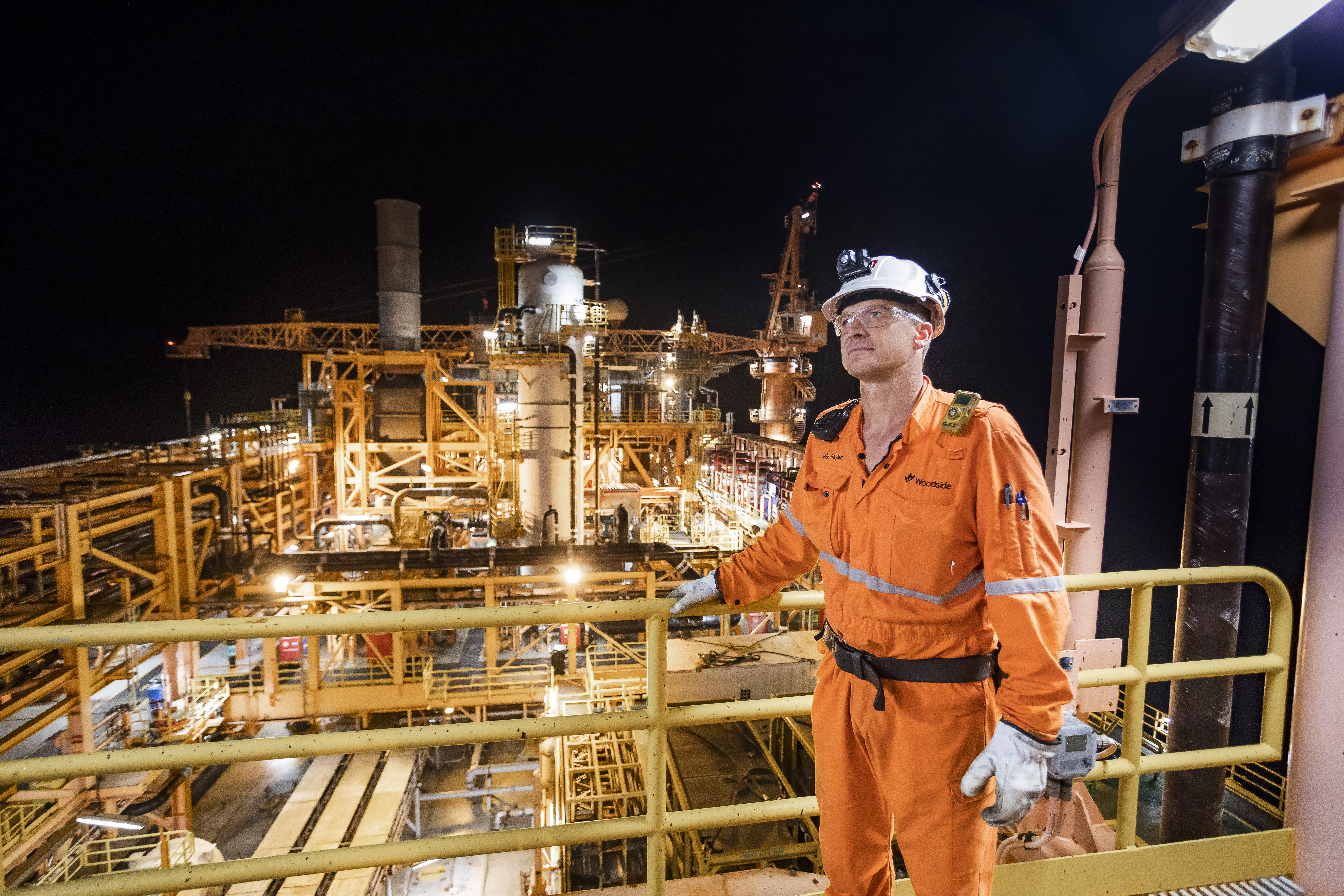
It’s a terrific record but a lot of hard work and impressive collaboration on and off deck has been required to create what is known as “the Nganhurra way of working” and which resulted in the highest cross-skilling of any Woodside asset.
Tony Wood relates his own story.
“Cross-skilling has given me the opportunity to move from marine into a production and maintenance skillset,” Tony said in October.
“I started as ship’s master. Then I became a utilities operator, process operator, control room operator, permit control officer, and I’m currently a production maintenance coordinator.
“I gained all these new skills since my mid-30s.”
Tony is only one of seven people assigned to the facility from its very first day with the company, when it left a South Korea shipyard, until its final day at Enfield. The others are Terry Kohrs, Shane Maguire, Grant Penn, Dug Neeson, John Robson, and Stef Albu.
They’re part of the 200-strong crew over the past 13 years who’ve helped create the team culture for which the FPSO is famous.
“A lot of credit for that must go to James Carter and the late Alex Fairbairn who put together the team for Nganhurra,” explains Tony.
“They chose people for the facility who were dynamic, on the ball and experts in their field but at the same time they were people with a relaxed demeanour.
“They brought together these experts in their various fields and told them ‘we want you to get this facility up and running, and when it is, we want you to start cross-skilling and sharing your knowledge and info with the team so we become a multi-skilled asset.’
“There hadn’t been such an asset among Australian FPSOs before.”
Gerard says that team culture has delivered outstanding safety achievements, in part because of a “find and fix” attitude embedded in the facility.
“This has been a key enabler for both its high reliability and strong process safety performance,” he adds.
Tony reckons he can count the number of “bad vibe” days on one hand onboard the Nganhurra – which comes from the Baiyungu language and means “we all” out of respect for current and past Elders.
“A lot of credit must go to the lots of people who’ve made up the team – their acceptance of each other and the inclusive culture we’ve developed on board," he notes.
“That’s what we’ve focused on over the years – working together and putting aside differences. We’ve worked hard to ingrain a team culture that includes the various people who have joined during a turnover.
“For example, whenever we have contractors out here, we make sure they don’t feel like they’re outsiders but part of the team. We’ve always tried to ensure it’s not an ‘us and them’ situation. It’s just ‘us’.”
Offshore installation manager Tim Sullivan agrees.
“When I arrived three years ago, I was set up to succeed by this team culture,” Tim recalls.
“The contractors, the team culture and the inclusivity of contractors have been key to the success of the Nganhurra and to achieving the safety and productivity targets.
“The crew have been coming up with innovative simple solutions to expensive problems.”
That crew has now been redeployed to various assets as the Nganhurra awaits a decision on the next chapter in her life story.
Fast facts
- The Nganhurra was built in the Samsung shipyards on Geoje Island, South Korea, in 2006.
- Its build and commissioning took 19 months, setting an industry record for a complete FPSO project.
- First oil was 28 June 2006.
- In total, it produced more than 80 million barrels.
- Its minimum crew is 21, maximum 64 (previously 80).
Read the full Q4 2018 issue of Trunkline here.

